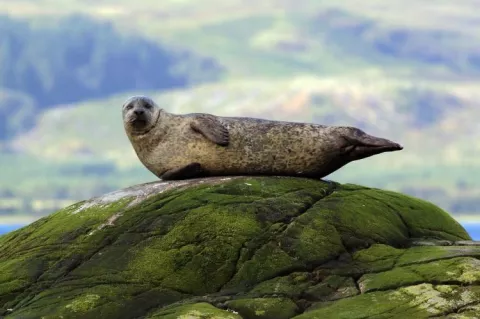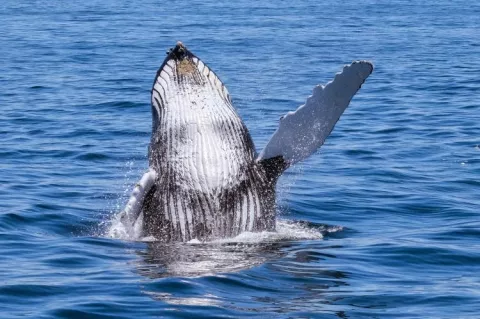Bird flu is killing marine mammals
Last summer, the highly contagious strain of avian influenza, that was first detected in early winter 2021, had been spreading through North American birds made its way into marine mammals, causing a spike in seal strandings along the coast of Maine.
In June and July 2022, more than 150 dead or ailing seals washed ashore, a number that was approximately three times the normal rate for this time of the year. Of the 41 stranded seals tested for the virus, nearly half tested positive.












